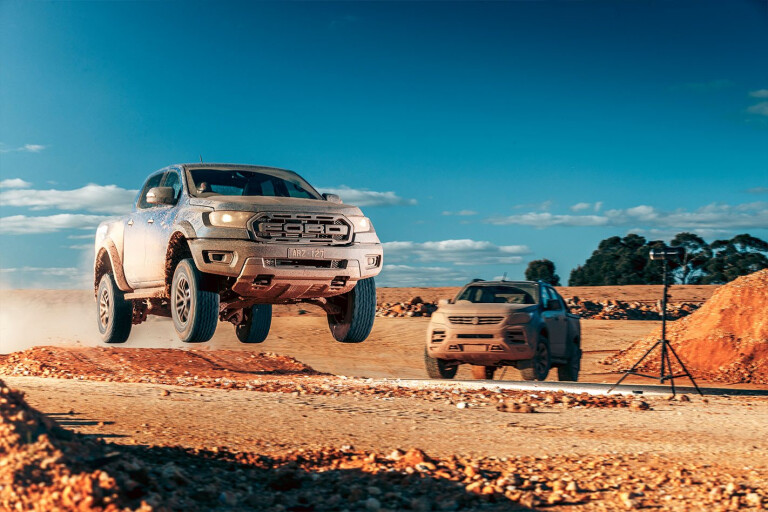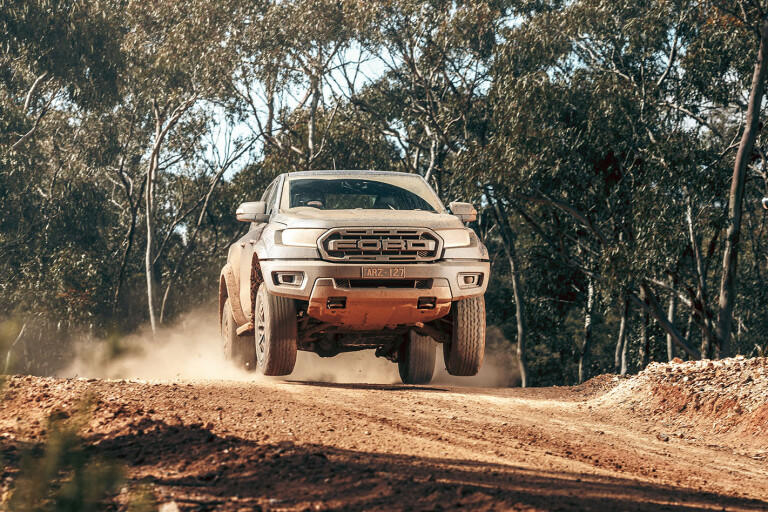
Australian car adverts are boring and uninformative and it’s mostly thanks to a group of joyless do-gooders who have learnt to exploit an archaic advertising loophole.
Until someone at Ad Standards comes to their senses and reforms the complaints process, here’s how the system works: A car maker airs a TV commercial in which a car goes around a corner or one of its occupants thinks about something enjoyable, one mildly disgruntled but deeply officious viewer pens a letter to the advertising industry regulator, Ad Standards checks its cache of spines, realises it’s fresh out, and bans the advert. As it stands, a single upheld objection is all that’s required for the ‘offending’ promotion to be pulled, and it’s happening at a rate of about two car ads per year.
I’m certainly not pushing for a lawless advertising wasteland in which marketing agencies are free to say and portray whatever they want, but equally, I think it’s fair for companies to accurately describe what their products are capable of. Ad Standards does not agree. The argument goes that a car being driven fast in a promotion will somehow encourage people to go out and mimic the same driving behaviour, triggering the collapse of civilisation, which is of course, total nonsense.
Good advertising doesn’t encourage the audience to recreate the advert. It makes you want to buy the things in the advert. Toyota’s 2016 AFL Grand Final Hilux campaign saw the Japanese one-tonner lapping the MCG. The ensuing result was not the decimation of local footy ovals by hordes of rogue dual cabs. Instead, the Big T sat back and enjoyed record Hilux sales.

Either way, I am not the first to highlight the unfairness of the Ad Standards system and nor is it the first time I’ve been outspoken about it, so I’m not going to waste page space or your time fruitlessly retracing ranty steps. Instead, I have a solution.
There are seven deadly motor vehicle advertising sins in the eyes of Ad Standards but the one that curtain-twitching meddlers can recite by heart outlaws “Driving practices … which would, if they were to take place on a road or road-related area, breach any Commonwealth law or the law of any State or Territory.”
In other words, it doesn’t matter where, when or by whom, doing anything fun in a car is strictly forbidden in motor vehicle advertising. More frustratingly, the ruling is largely subjective and an ad can be pulled if for example, “the speed of the vehicle appeared unsafe” as was the justification for banning Ford’s Ranger Raptor promotion. But what if the Raptor was being used to promote someone else’s product?
If Kellogg’s decided that the best way to advertise a box of Frosties was to send it airborne, and that box just happened to be in the back of a Ford ute at the time, then it wouldn’t be a car ad would it?

And what if Procter and Gamble’s marketing team decided that the very best way they could represent the effectiveness of Head & Shoulders is with a BMW M5 crossed up to the lock stops, turning Continentals into vapour? No matter how long the Munich muncher held a slide, this is still an advertisement for shampoo.
But for this idea to work, it requires a little quid pro quo. While BMW and Ford are laughing, Kellogg’s and Head and Shoulder’s marketing budget has taken a bit of a hammering with little to show for it. It’s at this point the branding partnership returns the favour.
TV audiences may wonder why BMW’s X5 advert contains quite so many references to nappy rash cream, just as the tenuous link between Pop Tarts and the Ford Focus will confuse others. But it won’t matter because all four companies will be communicating the message they choose unhindered, we get entertaining adverts that properly represent the product, and the only rule that’s broken is the one Ken and Karen use to underline their letters in red.




COMMENTS